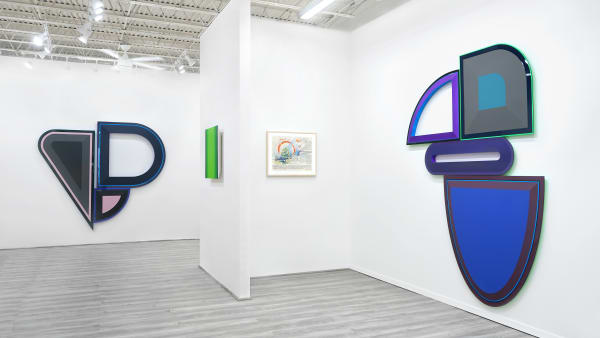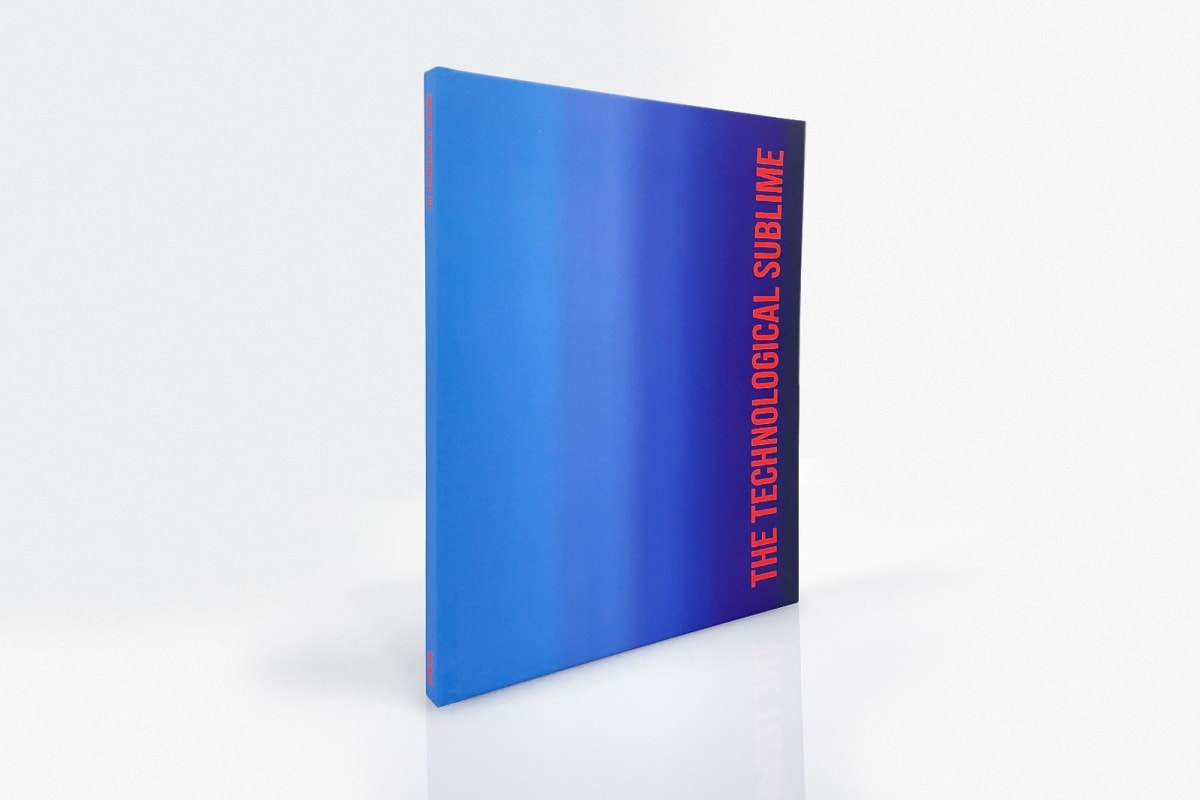Rockne Krebs American, 1938-2011
Rockne Krebs had visualized the intersection of art and technology since the 1960s, transforming the act of sculpture-making through his integration of laser light. In his practice, Krebs engaged in a variety of multimedia tools, embracing a cultural shift towards minimalism while eradicating the very basis of its materiality. He developed large-scale light sculptures, their forms solely dictated by the array of beams. His unique aesthetic decisions invoke a questioning of physicality, with the lights generating a distinctive presence despite their immaterial bounding. Grounded in their spatiotemporality, his works illuminate the surrounding space, unrestricted by the containment of material qualities. Krebs’ large-scale works culminate as an expansive reflection on the nature of objecthood.
Rockne Krebs (b. 1938, Kansas City, MO; d. 2011) began his academic career by receiving his BA in Sculpture at the University of Kansas. After relocating to Washington, D.C., he became increasingly interested in the Washington Color School movement, driving his later artistic innovations. Krebs has exhibited throughout the United States, serving as the subject of a solo exhibition, Rockne Krebs: Drawings and Sculptures, at Gallery K. He has additionally been showcased at the Corcoran Gallery of Art in Washington, D.C., Jefferson Place Gallery in Washington, D.C., and the National Academy of Science in Washington, D.C., among others.
His works are in the permanent collections of numerous private and public institutions, including Albright-Knox Art Gallery, Buffalo, NY; The Brooklyn Museum, Brooklyn, NY; the High Museum of Art, Atlanta, GA; the National Gallery of Art, Washington, D.C.; The Philadelphia Museum of Art, Philadelphia, PA; The Phillips Collection, Washington, D.C.; and the Smithsonian American Art Museum, Washington, D.C. Krebs is the recipient of several esteemed fellowships, including those from the Guggenheim Memorial Foundation (1972) and the National Endowment of the Arts (1970).
-
 Untitled, 1985Plexiglass and acrylic paint97 x 32 1/2 x 24 in
Untitled, 1985Plexiglass and acrylic paint97 x 32 1/2 x 24 in
246.4 x 82.5 x 61 cmSigned and dated -
 Untitled, 1986Plexiglass with acrylic paint97 1/2 x 25 1/2 x 25 in
Untitled, 1986Plexiglass with acrylic paint97 1/2 x 25 1/2 x 25 in
247.7 x 64.8 x 63.5 cm -
 A Rainbow Tree, 1970Lithograph, colored pencil on paper17 x 22 in
A Rainbow Tree, 1970Lithograph, colored pencil on paper17 x 22 in
43.2 x 55.9 cmEdition 2 of 50Signed -
 The Bent Rainbow, 1973Colored pencil, ink, charcoal on front and verso on paper17 x 22 in
The Bent Rainbow, 1973Colored pencil, ink, charcoal on front and verso on paper17 x 22 in
43.2 x 55.9 cmSigned








